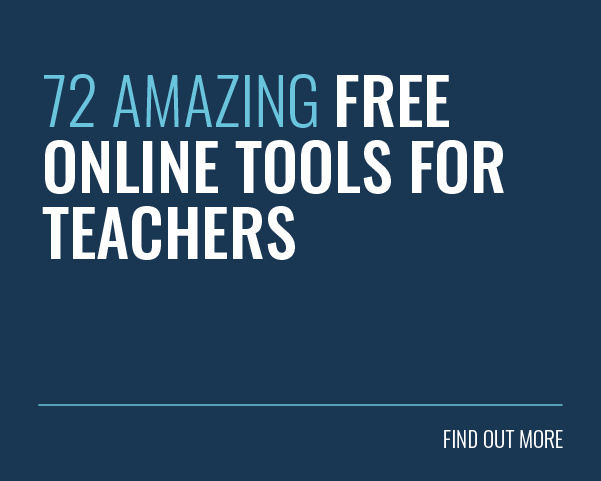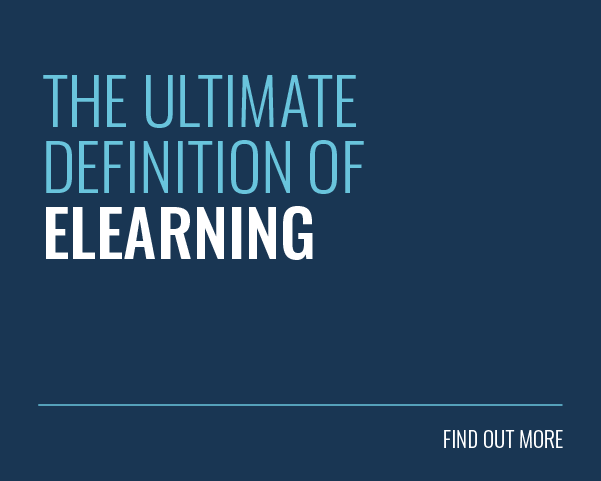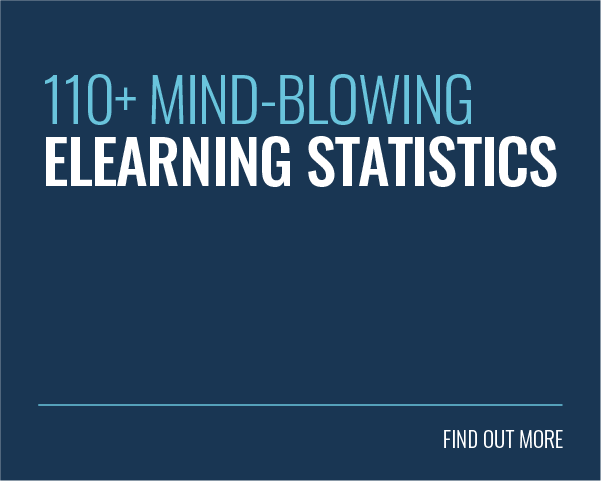 Creating an effective learning experience can sometimes feel like a Herculean task. There’s a reason why there’s a whole profession dedicated to this worthy cause. Following instructional design best practice is an attempt to drive maximum learning impact, whilst being respectful of your learners’ time and shrinking attention spans. It’s the kind of balancing act that even an experienced tightrope walker would struggle with.
Creating an effective learning experience can sometimes feel like a Herculean task. There’s a reason why there’s a whole profession dedicated to this worthy cause. Following instructional design best practice is an attempt to drive maximum learning impact, whilst being respectful of your learners’ time and shrinking attention spans. It’s the kind of balancing act that even an experienced tightrope walker would struggle with.
If you don’t follow instructional design best practice, then knowledge transfer simply won’t happen. As a result, your learners won’t change their behaviour and your course won’t leave a lasting impact. This has a damaging knock-on effect. According to a recent report, large businesses lose an average of $47m in productivity every year because knowledge is not shared efficiently among team-members.
On the other hand, following instructional design best practice can have a transformative effect. You can help your learners to understand and apply new concepts, pick up new skills and embrace new (and more effective) ways of working.
Achieving this isn’t easy. You have an endless onslaught of instructional strategies and methodologies to choose from. You have a world of distractions to contend with. And you also need to have a good understanding of learning theory. Luckily, there are some tried and tested things you can do to instantly improve your odds of learning success.
Over the course of this article, we’ll outline eight different instructional design best practices that you can adopt to start creating better learning experiences. The holy grail of meaningful learning impact is right around the corner.
Tip 1: Know Your Audience
The first step of creating a good learning experience involves getting to know your learners. Developing an intimate understanding of your audience helps you to personalise the experience and avoid a variety of potential pitfalls. Before embarking on creating a new course, you should always start with a training needs analysis. Without this, you are operating in the dark.
Assuming you know what’s best for your learners can be dangerous. Do you really have a handle on what motivates them? Do you have a comprehensive understanding of their capabilities and knowledge levels? How will they access your content? And do you know which content formats and interactive elements will resonate best for your audience?
Your training needs analysis will help to determine your strategy and overall approach. You’ll be able to pinpoint the areas of greatest need, avoid wasting time on irrelevant training and ultimately improve the return on investment of your content. This ensures that you are starting your training journey on the best possible footing. You’ll certainly leap ahead of your competitors. In a landmark 1988 study, it was found that only 27% of companies undertook any type of training needs analysis. More recent studies have found similar results.
Tip 2: Communicate The Benefits
All learning experiences represent a time investment on the part of your audience. Your learners have many different responsibilities to juggle. It can be difficult to set aside dedicated time for professional development. To justify this investment, your learners will want to know: ‘what’s in it for me’?
For your content to be ‘sticky’, learners need to instantly grasp why it matters to them, their colleagues and their organisation. The benefits of applying what they are about to learn in your workplace should be made as clear as possible. You should ensure you have communicated your key learning objectives and any associated benefits.
Where possible, these benefits should inform the rest of your content. For instance, don’t title your content something generic like, ‘Health & Safety 101’. Call it, ‘How to Stay Safe & Healthy at Work’. This will help to motivate your learners into action and drive their focus throughout the learning experience.
Tip 3: Keep Your Learners Active
We learn best by doing. As learning expert Cathrael Kazin puts it: ‘learning and engagement are intertwined’ and ‘passivity is the death knell of engagement’. In other words, it’s tough to make progress when you’re sitting still. You can’t learn to ride a bike without actually riding a bike.
There is a bounty of evidence to suggest that active learning experiences result in better educational outcomes. For instance, a 2014 study found that students in a traditional lecture course are 1.5 times more likely to fail, than students undergoing active learning experiences.
This means that instructional designers can’t get away with simply delivering information. You must encourage your learners to get active. To do this, try asking open questions and encouraging your audience to apply what they’ve learned to different contexts. Use quiz questions and scenario-based learning to regularly check their knowledge. Better still, encourage group activities or challenges through social streams or web conference break-out rooms.
Tip 4: Tell a Story
We are programmed to remember more information if it’s delivered in a story format. Indeed, if you can forge an emotional connection between your content and your learners, you’ll soon craft learning experiences that linger long in the memory.
According to studies by noted psychologist Jerome Bruner, you’re twenty times more likely to remember information if it’s delivered in narrative format. As instructional designers spend their lives doing battle against ‘The Forgetting Curve’, it’s important that they use every possible weapon to their advantage. Utilising the power of narrative is like bringing a gun to a knife fight.
Bruner’s research is also supported by organisational psychologist, Peg Neuhauser. Her studies found that we remember stories not just more accurately, but also for longer than simple facts and figures. Weaving a narrative pathway through your content is often the difference between retention and attrition.
Tip 5: Make it Micro
Whilst there is still healthy debate over the exact length of an average adult’s attention span, most researchers are aligned in the belief that this figure is shrinking. According to a study from the Technical University of Denmark, our collective global attention span is narrowing in line with the amount of information that is presented to it. In other words, more distractions means less focus.
It’s important to keep this in mind when developing your content. Where appropriate, we recommend adopting a microlearning approach. Microlearning is the process of breaking your content up into smaller, more manageable chunks, that are easier for your learners to fit into their busy schedules. This makes your content more accessible and easier to consume.
Review your content and consider how easy it would be to break it down into separate topics and sub-topics. If this seems natural, then microlearning could prove to be an effective approach. Where possible, you should try to stick to one learning objective per unit, remove any filler content and release your microunits ‘campaign style’, over multiple different days.
Whilst it can be difficult to ‘kill your darlings’, you are doing your learners a great service. Indeed, according to a SoftwareAdvice survey, 58% of learners are more likely to consume content if it is broken up into smaller chunks.
Tip 6: Embrace Mobile Magic
Did you know that we touch our phone screens an average of 2,617 times a day? Worse still, we spend an average of four hours a day glued to our devices. We are well and truly hooked. There’s even a word for the sense of anxiety we feel when we are without our phones: nomophobia. Whilst this may trigger existential despair for some, the addictive relationship we have with our phones does come with some benefits.
For example, the ease and accessibility of mobile devices make them the perfect medium for delivering transformational learning experiences. Indeed, according to Towards Maturity, 64% of learners find accessing content from their mobile device essential. They don’t just see it as important, or beneficial. They see it as fundamental and indispensable to the overall learning experience.
When you are creating your content, ensure it is fully mobile responsive and accessible on your learners’ devices. Ideally, your learners should be able to download the content to their phones, complete it offline and sync the results up when they have a live connection. This convenience factor will help to improve uptake, increase engagement and produce meaningful results.
Tip 7: Gamify Your Content
Engagement and online learning often seem like two opposing forces. Luckily, it is possible to create online courses with real educational value that also happen to be fun. If you’ve followed our tips, you should have already concocted a learning experience that engages and delights your learners. Now you can supplement this further by introducing game mechanics into the mix.
Gamification is the application of gaming mechanics to non-gaming environments to make difficult tasks more palatable. Common game mechanics include Experience Points, Badges, Levels and Leaderboards. Incorporating these game elements into your learning experience allows you to tap into some powerful human emotions.
We all love to collect things. We also love to compete against others. And we love to see indicators of our progress. Game mechanics are known to trigger the release of dopamine. This feel-good hormone will encourage your learners to keep coming back for more. Ultimately, gamification makes your learning experience more fun, more engaging and more effective.
Tip 8: Remember to Reinforce
The Forgetting Curve is a truly merciless adversary for instructional designers. According to Herman Ebbinghaus’s research, we forget 50% of everything we learn within just 24 hours. The only way to combat the curve is to regularly reinforce the information you present to your learners. To do this, you can use techniques like spaced repetition to construct a simple and effective programme of reinforcement.
By drip-feeding microlearning units to your learners, you help to space out the learning experience and reinforce key concepts. You should also use follow-up quizzes and assessments to ensure information is retained over time. Furthermore, we recommend using a social stream within your learning platform to set challenges for your learners. Perhaps you could ask them to upload video evidence of them putting what they’ve learnt into action, in return for Badges and Experience Points.
It can also be helpful to introduce an element of competition. Here at Growth Engineering, we use ‘Battles’ to supercharge the reinforcement process. Battles are player-vs-player quizzes based on the topics that matter most to your organisation. Most assessments only ever get completed once. Battles, on the other hand, are completed multiple times as learners strive to prove their mastery over a specific subject matter.
Final Word
Creating an engaging and transformational learning experience isn’t easy. Unfortunately, there is no one-size-fits-all approach to instructional design that results in meaningful learning impact. However, there are things you can do to help sway the odds in your favour. By following instructional design best practice you can make a real difference. Start by assessing your audience and establishing their needs. You’ll then be well placed to fine-tune your learning experience until it’s perfectly optimised.
Once you’ve done this, you should take care to craft active learning experiences. Don’t let your learners rest on their haunches. Embrace the power of narrative and produce content that is short and sweet. If possible, ensure your content is accessible via mobile devices and use game mechanics to incentivize your learners into action.
If you can pull all this off, you should end up with a potent learning cocktail. One sip and your learners will fall in love. Then you can sit back and watch your audience embrace new behaviours and ways of working that generate the results that you want to see.
Genie is Growth Engineering’s game-based authoring tool. Author content your learners love, faster than you thought possible. Sign up for a free trial now.









